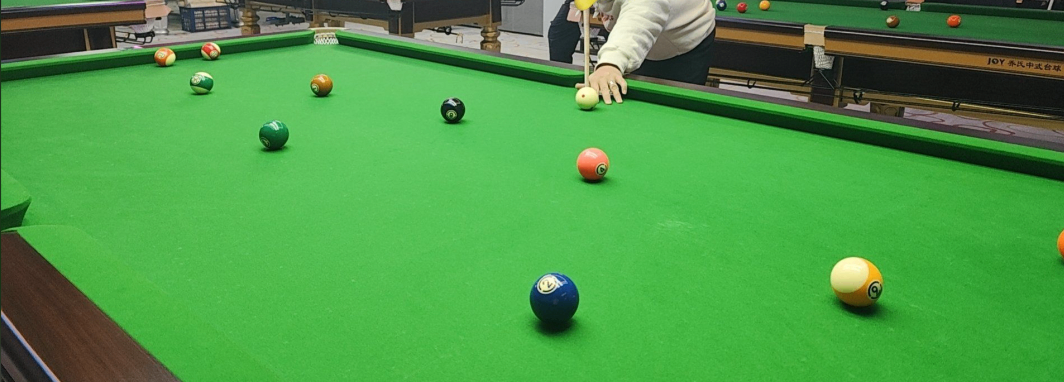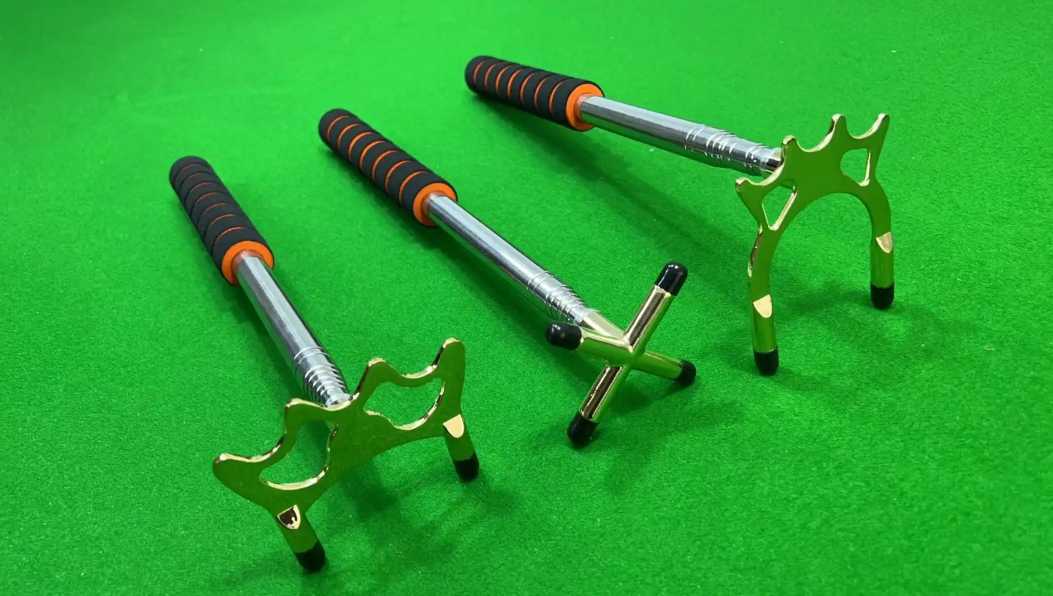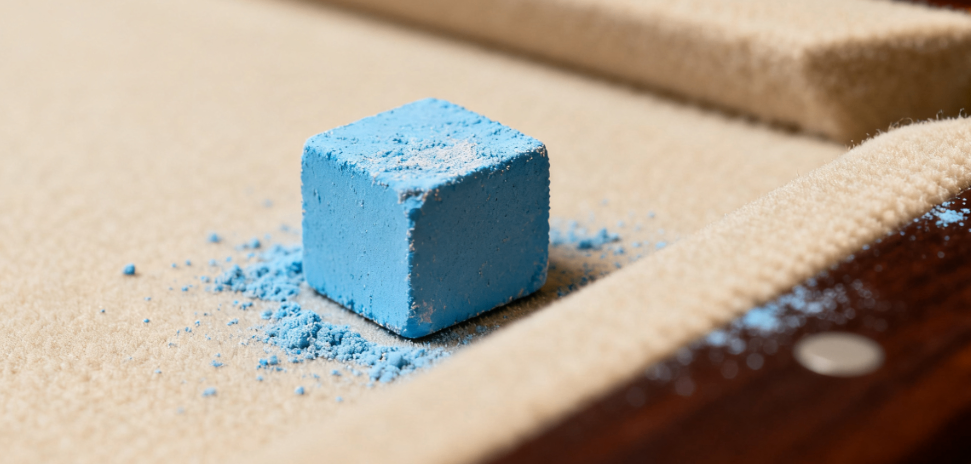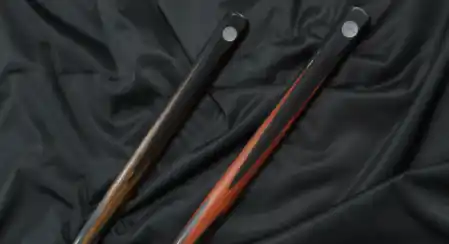Hey, billiards beginners! If you want to stand out at the table, it’s not about luck or swinging your cue at random. First, you need to understand your arsenal—the gear that helps you build a strong foundation. Don’t underestimate these tools; they not only boost your confidence but directly affect your performance.
Today, we’ll start with the most essential equipment, step by step, and uncover the secrets behind what the pros use. Grab a notebook and take down these key points—you might just impress your opponents the next time you play!
Pool Balls
Pool balls are a science in themselves. There are 16 balls in total: solids, stripes, the cue ball, and the black eight ball. The cue ball is the most important—it’s the one you strike to hit other balls. All other balls must be pocketed, but only the cue ball can be hit directly with the cue.
For beginners, it’s worth getting a practice cue ball with dot markings. These patterns show how the ball spins, which will help you refine your stroke.

The Table
The table setup matters more than most people think. It has six pockets—two at the corners near you (often called the “bottom pockets”), two in the middle, and two at the far end (the “top pockets”). The raised edges are called rails; when a ball is “on the rail,” it’s resting against one of these.
The break line runs between the top and side pockets, while the spot is marked between the bottom and side pockets. Learn these positions well—it’ll make your game much smoother.
Cue Sticks
Cues come in different types: break cues, playing cues, and cues with large, medium, or small tips. The most important parts for beginners to focus on are the tip, the ferrule (just below the tip), and the grip. The tip is what strikes the ball, and controlling it is key to shot accuracy.

Cue Rest
When your reach isn’t enough, the cue rest comes to the rescue. It’s a small tool that supports the cue, helping you line up stable shots. You may not use it often as a beginner, but it’s good to understand its purpose.
Chalk
Chalk keeps the cue tip from slipping when it strikes the cue ball. There are two main types: oil-based and dry chalk. Oil-based chalk tends to apply more evenly and creates better friction. As a rule, chalk your tip before every shot—it makes a big difference.

Rack
Racks are used to set up the balls correctly before the break. The triangle rack is for 8-ball, while the diamond rack is for 9-ball. Knowing how to rack properly keeps the game fair and consistent.
By now, you should have a clearer picture of billiards’ essential gear. Remember: mastery doesn’t come overnight. Great players sharpen their skills by paying attention to the small details—cues, chalk, racks, and more. These tools may look simple, but they’re the keys to steady progress.
So, the next time you walk into the pool hall, don’t rush to take your first shot. Check your equipment, focus on your fundamentals, and approach each stroke with purpose. Stick with it, and you’ll discover that billiards isn’t just a game—it’s a craft that blends skill and mindset.


